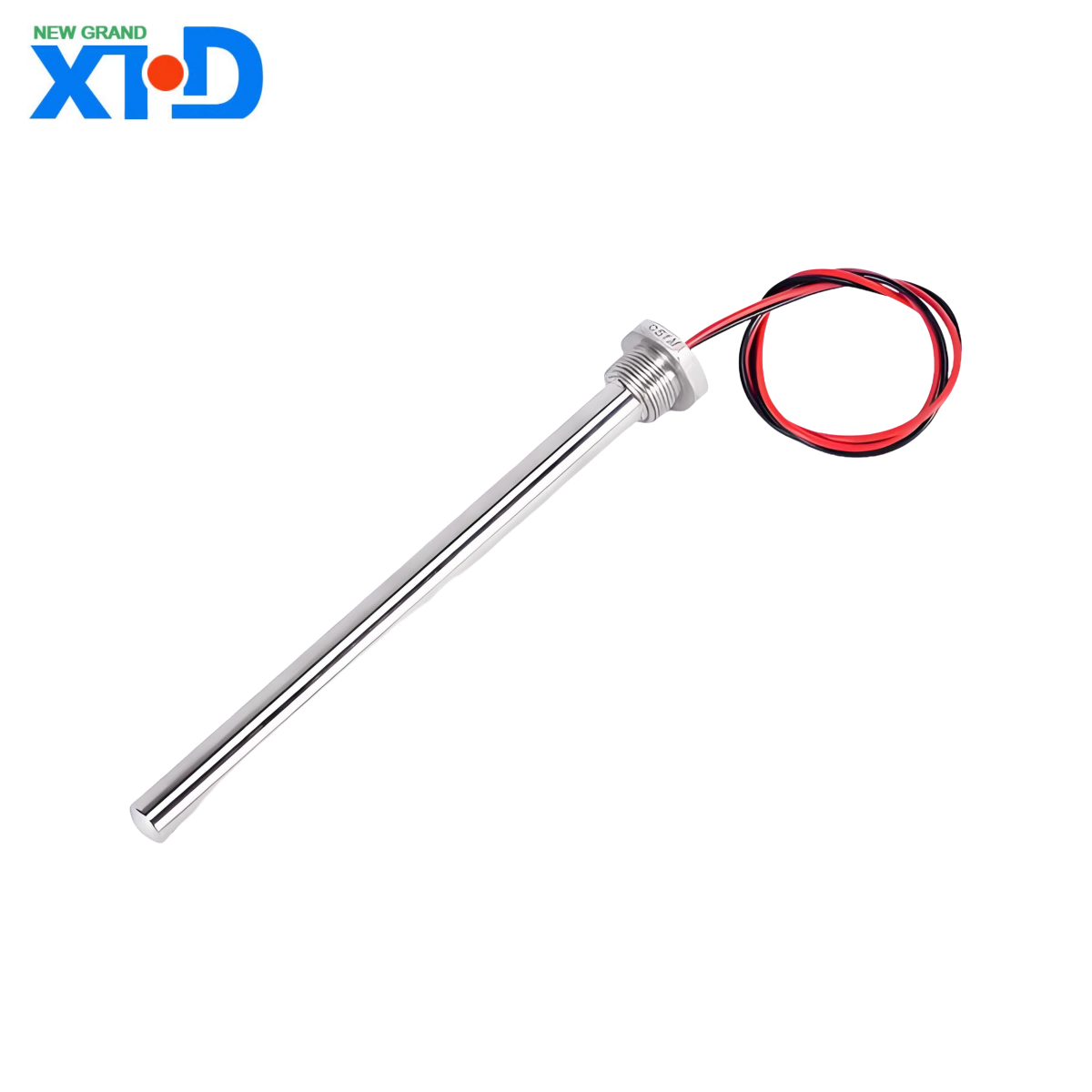Understanding Cartridge Heaters: A Vital Component for Industrial Heating
2025-05-14
Cartridge heaters are an essential tool in many industrial heating applications, providing focused heat to a wide variety of systems. Known for their high efficiency and versatility, these heaters are commonly used in manufacturing processes, machinery, and equipment that require precise temperature control. Whether you're involved in the production of plastics, food processing, or even in the automotive or aerospace industries, understanding the role of cartridge heaters can greatly enhance both operational efficiency and product quality.
What Are Cartridge Heaters?
Cartridge heaters are cylindrical heating elements that are typically made of high-grade metal and are designed to be inserted into drilled holes in metal parts, molds, or machinery. They generate heat through electrical resistance and can reach high temperatures, making them ideal for applications that require localized and intense heat.
The main construction of a cartridge heater includes a metal sheath, typically made from stainless steel or other corrosion-resistant metals, which encloses a resistive heating wire. The wire generates heat when an electrical current passes through it. The sheath is then filled with a highly thermally conductive material, such as magnesium oxide (MgO), which transfers the heat efficiently to the surrounding area.

How Do Cartridge Heaters Work?
The operation of a cartridge heater is based on a simple principle: electric resistance. When electricity flows through the resistive wire inside the heater, it encounters resistance and, as a result, produces heat. This heat is then transferred through the sheath and into the surrounding environment, where it is used for various industrial heating processes.
The design of cartridge heaters allows for a very high degree of precision in temperature control. By carefully selecting the right wattage, temperature rating, and material, cartridge heaters can be tailored to provide the necessary heat output for different applications, ranging from low to very high temperatures.
Applications of Cartridge Heaters
Cartridge heaters are highly versatile and can be used in a variety of industries and applications, including:
1. Plastic Processing: Cartridge heaters are commonly used in plastic molding machines, where they provide localized heat to molds for shaping plastics. Their ability to deliver consistent and precise heat is crucial for maintaining the quality and consistency of molded parts.
2. Food Processing: In the food industry, cartridge heaters are used for applications such as heating water tanks, cooking vessels, and other food processing equipment. They offer fast and reliable heating for large-scale operations where temperature control is vital.
3. Packaging: Many packaging machines rely on cartridge heaters to maintain the correct temperature for sealing plastic or other materials. This ensures the sealing process is efficient and consistent, preventing product waste and maintaining packaging integrity.
4. Heating of Metal: Cartridge heaters are also used to heat metal components or molds, making them essential for applications such as die casting, metal bending, and forming. Their ability to focus heat into specific areas reduces energy waste and improves process efficiency.
5. Aerospace and Automotive: In industries like aerospace and automotive manufacturing, where precision and reliability are critical, cartridge heaters are used for applications such as engine testing, forming metal parts, and even in testing equipment that requires uniform heating.
Benefits of Cartridge Heaters
1. High Efficiency: Cartridge heaters are designed to maximize the conversion of electrical energy into heat, making them highly efficient. Their compact size and focused heating make them ideal for applications where space is limited but precise, high-output heating is necessary.
2. Durability: The stainless steel sheath of cartridge heaters makes them highly resistant to wear and tear, corrosion, and oxidation. This durability extends the life of the heater, reducing the need for frequent replacements and ensuring long-term reliability in demanding environments.
3. Customization: Cartridge heaters come in various sizes, wattages, and temperature ratings. This makes them highly customizable for different industrial needs. They can be tailored to fit specific applications, ensuring optimal performance for each individual process.
4. Rapid Heating: Cartridge heaters are capable of reaching high temperatures quickly. This makes them ideal for fast-paced production environments, where quick heating times can improve overall efficiency and reduce downtime.
5. Precise Temperature Control: One of the biggest advantages of cartridge heaters is their ability to provide precise and uniform heating. This is crucial for applications that require exact temperature settings, ensuring consistency and reducing the risk of product defects.
Types of Cartridge Heaters
There are several types of cartridge heaters designed to meet different industrial needs:
1. Standard Cartridge Heaters: These are the most common type and are used in general heating applications. They come in various wattages and diameters, with a high degree of customization available.
2. High-Density Cartridge Heaters: These heaters are designed to provide higher levels of heat output in a smaller area. They are ideal for applications that require concentrated heat in a small or confined space.
3. Mineral Insulated Cartridge Heaters: These heaters are filled with magnesium oxide (MgO), which provides excellent thermal conductivity. They are designed for use in high-temperature applications and can operate at temperatures over 1,200°F (649°C).
4. Cartridge Heaters with Thermocouples: For applications requiring precise temperature control, these heaters come with built-in thermocouples that provide accurate temperature monitoring and help prevent overheating or underheating.
5. Flexible Cartridge Heaters: In certain applications where the heater needs to conform to an irregular shape, flexible cartridge heaters can be used. They can bend slightly to fit in spaces that are not perfectly round.
Installation and Maintenance of Cartridge Heaters
Installing a cartridge heater typically involves placing it into a drilled hole in a metal part or mold, securing it with a mounting plate or other fixture, and connecting it to a power source. It is important to ensure that the hole is the correct size to accommodate the heater, as a loose fit may result in inefficient heat transfer.
Regular maintenance is key to ensuring the longevity and performance of cartridge heaters. This can include checking for wear and tear, ensuring electrical connections are secure, and cleaning any debris or residue that may accumulate on the surface of the heater. Over time, cartridge heaters may degrade due to repeated thermal cycling or exposure to harsh chemicals, so monitoring their condition is essential for preventing unexpected failures.
Conclusion
Cartridge heaters are an indispensable part of many industrial processes, offering high-efficiency heating, precise temperature control, and exceptional durability. Their versatility in applications, ranging from plastic processing to metal heating, makes them essential for a wide range of industries. Whether you're in manufacturing, food processing, or another field that requires localized heating, understanding how cartridge heaters work and selecting the right type for your application can help optimize performance and improve operational efficiency. With their customizability and long-lasting performance, cartridge heaters continue to play a crucial role in modern industrial heating solutions.


